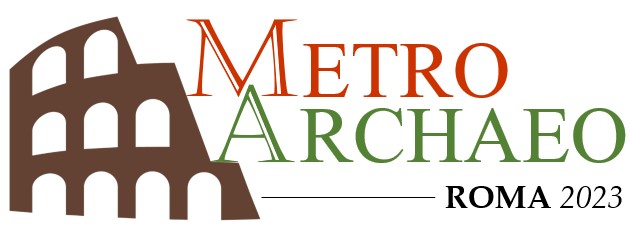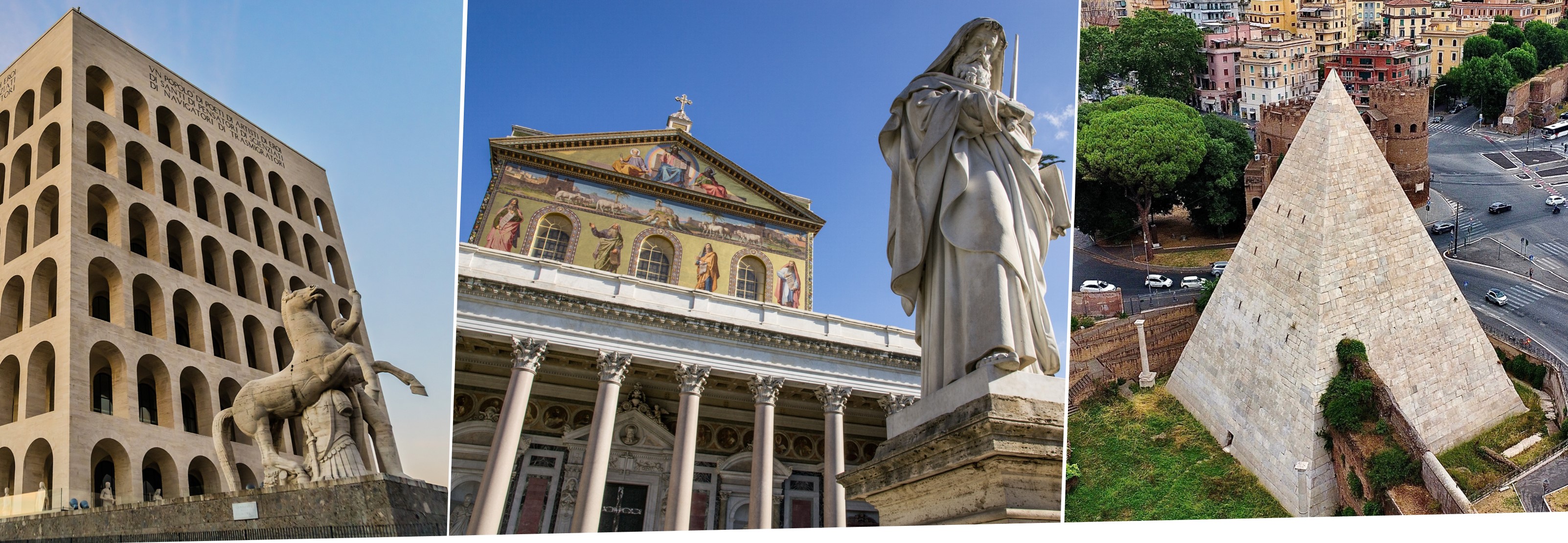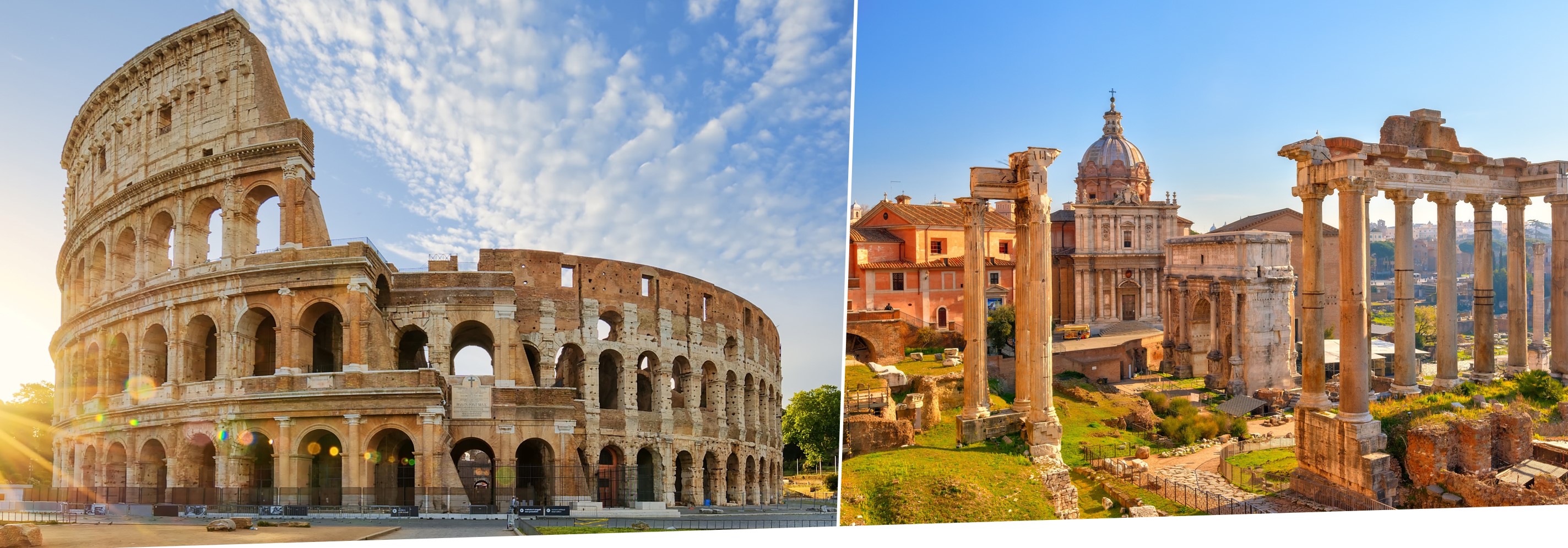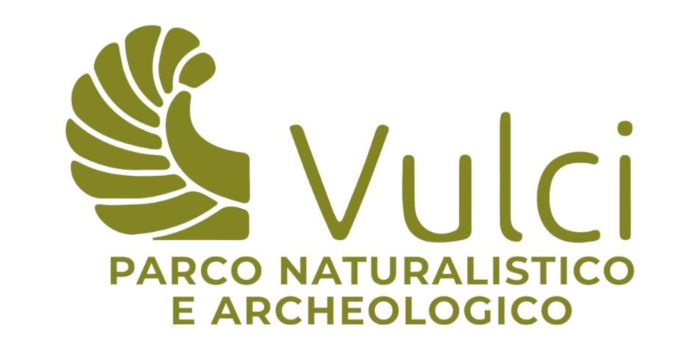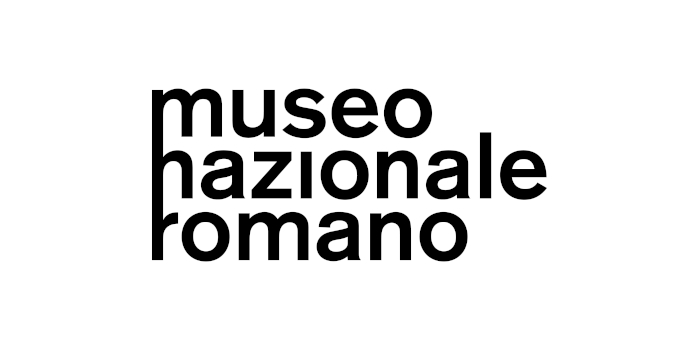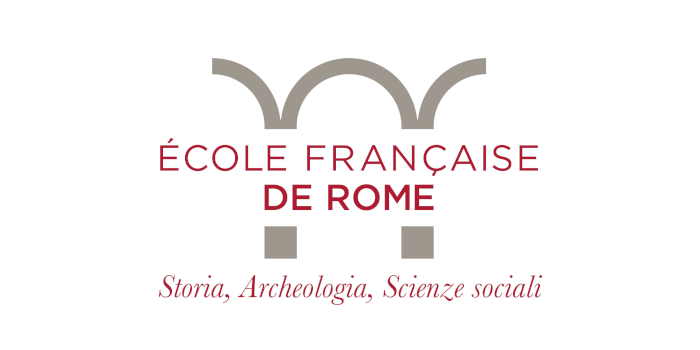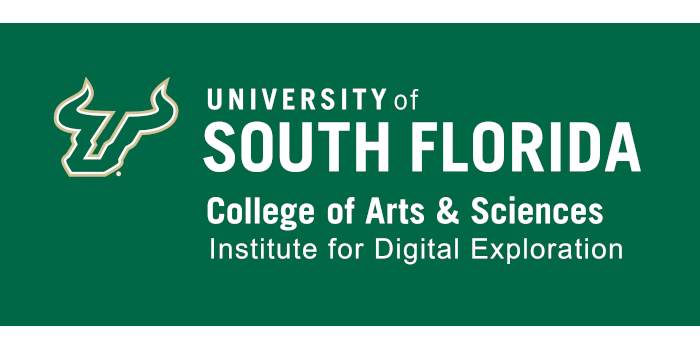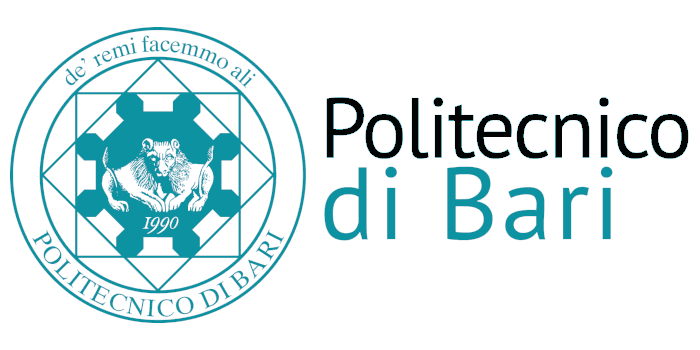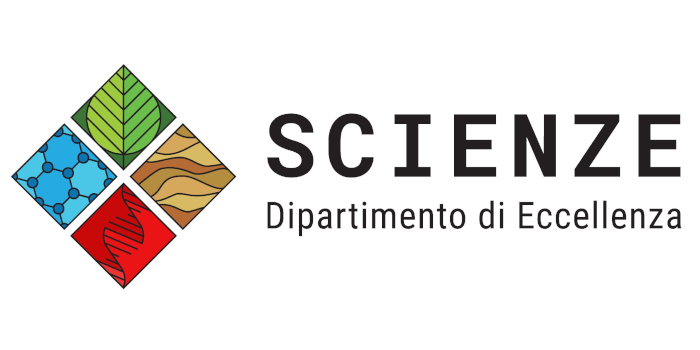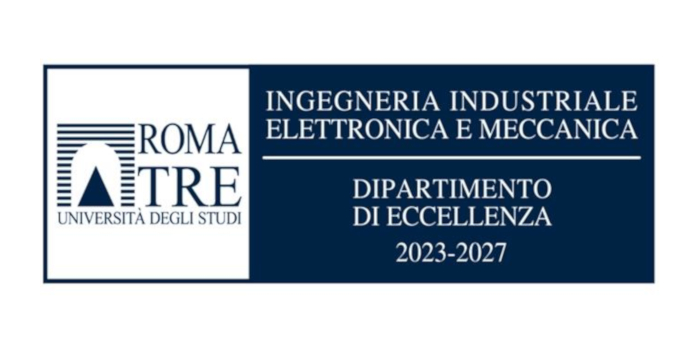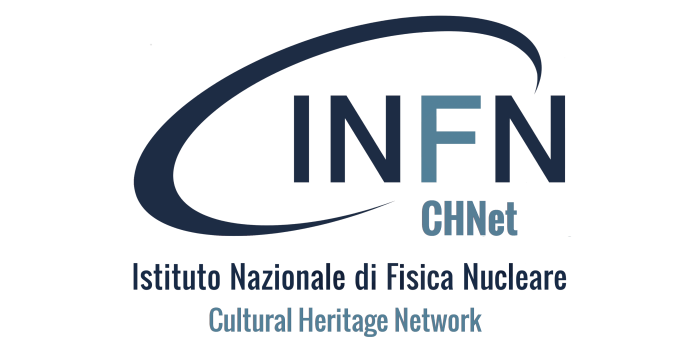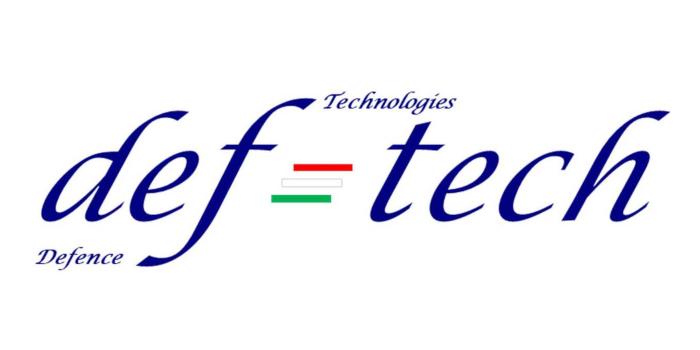SPECIAL SESSION #25
Microclimate for Cultural Heritage: Conservation in Indoor Environments
ORGANIZED BY
Chiara Coletti
University of Padova, Italy
Eleonora Balliana
Ca' Foscari University, Venice, Italy
Claudia Cecamore
Sovrintendenza – Direzione Musei archeologici e storico - artistici, Roma, Italy
Ombretta Tarquini
Consiglio Nazionale delle Ricerche, CNR, Roma, Italy
ABSTRACT
Museums, churches, monasteries, historical palaces are repositories of past culture. Often employed to display collections and monuments originally adapted to outdoor conditions, they have the important role to combine the patrimonial and architectural value of the building next to the artistic value of the heritage conserved. Tourism, adaptive-reuse, or inactivity of these historical places could pose some risk to the heritage conservation due to pressures caused by microclimate. Today, modern archaeometric and diagnostic analysis can help in knowing and understanding past habits and technologies, the building transformations and multi-layered palimpsests, but also to monitoring the hygrothermal conditions for preserving the cultural identity for future generations. Compromises between facing conservation challenges and human comfort needs require tight climate control, which is difficult to achieve in historic buildings (e.g. for the large volumes and the low thermal insulation). This Special Session welcomes research works on multi-functional phenomena and situations that interfere with the indoor climate and on evaluating cultural heritage damage depending on the material-type in relation to the environment (e.g. relative humidity, light doses, temperature, pollutant gases and particles).
MAIN TOPICS
Main topics include, but are not limited to:
- Assessment for the deterioration processes of artifacts;
- Non-invasive approach for detection of damage or deterioration processes;
- Qualitative and quantitative diagnostic analyses supporting conservation interventions;
- Indoor microclimate monitoring;
- Experimental measurements;
- Multi-layered palimpsests and adaptive-reuse of historical places;
- Implementation and rethink of national and international normative/recommendations for indoor monitoring.
ABOUT THE ORGANIZERS
Chiara Coletti graduated, 2010, in Science and Technology for Archaeological and Artistic Heritage (LM/11) at the Univ. of Padova. In 2016 she held her PhD in Earth Science at Padova (Italy) and Granada (Spain) Universities (co-tutelle agreement). She was postdoc fellow at the Dept. of Geosciences of the University of Padova (2016-2022), collaborating also in two H2020 European projects (CHEAP-GSHPS and HYPERION). Currently, she is researcher at the University of Padova, Dept. of Geosciences. Her research interests spread from archaeometry, sustainable ceramic materials, geomaterials vulnerability assessment and microclimate effects, dose-response functions of building materials, stone deterioration, and radon occurrence in the built environment.
Eleonora Balliana graduated in Conservation of Stone Materials at the UIA (International University of Art) in Venice in 1997. She then obtained a Master's degree in Chemical Sciences for Conservation and Restoration at Ca' Foscari University in Venice 2007. Since 2009 he has been a researcher at the DAIS department of Ca' Foscari University (CHIM/12 Chemistry of the Environment and Cultural Heritage). Her main field of interest and experience are related to development of non-invasive and non-destructive methodologies; characterisation and study of art-work materials (such as plasters, ceramics, stuccoes, painting, textile); investigations into the relationship between the environment and material degradation processes, development and characterisation of new products and applications for heritage preservation.
Claudia Cecamore PhD in Classical Achaeology (1995), coordinator of postgraduate course Architecture for Archaeology Faculty of Architecture - Sapienza University of Rome (2006-2016), responsible of the Museum of Roman Civilisation in Rome (2017 - present), lecturer of Museology Sapienza - University of Rome, Department of Classics (2020 - 2023).
Ombretta Tarquini graduated in Physics at Sapienza University in Rome in 2007. In 2013 she held her PhD in Applied Sciences for the Protection of the Environment and Cultural Heritage at Sapienza University. From 2014 to 2021 she was a research fellow at the Institute of Crystallography of National Research Council (IC-CNR) dealing with "Diagnostic examinations by X-ray spectroscopy of materials from archaeological excavations". Her main field of interest is related to non-destructive chemical-physical investigations of materials of cultural interest. She has extensive experience in the study and analysis, in laboratory and in situ, of art-work materials for their characterisation and assessment of their state of degradation, as well as for forensic purposes.
